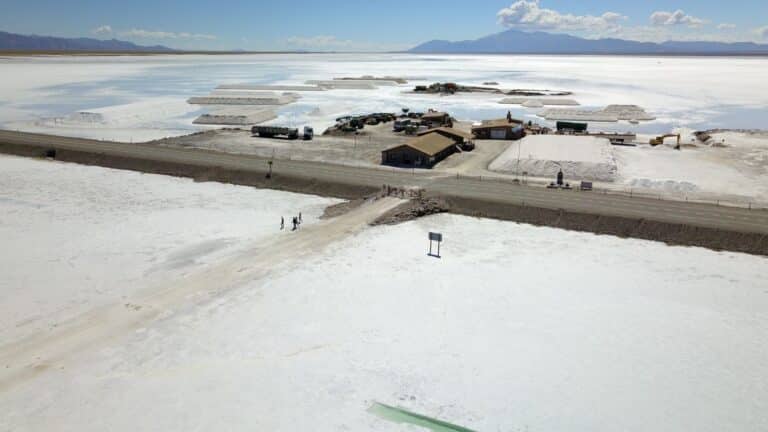Pétrole : la gueule de bois des Etats-Unis
A l’encontre de la volonté affichée par Donald Trump de doper la production d’hydrocarbures aux Etats-Unis, plusieurs producteurs de...-Matières premières
Current Access Level “I” – ID Only: CUID holders, alumni, and approved guests only
Although it is a source of essentially carbon-free power, nuclear energy remains one of the most divisive components of the world’s primary energy mix. Its future rests largely on questions of cost, safety, waste management and proliferation-resistant technology.


On July 22, 2025, CGEP hosted a virtual roundtable under the Chatham House Rule on the World Bank's June 2025 announcement that it would reverse a long-standing, informal policy of excluding nuclear projects from its lending portfolio.
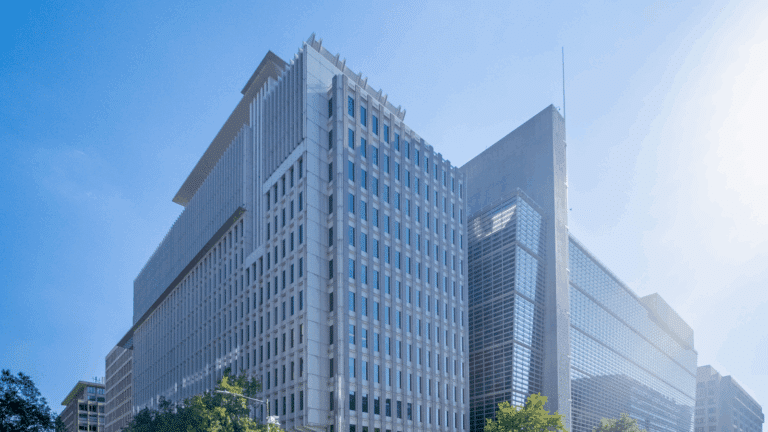
This special CGEP blog series, featuring six contributions from CGEP scholars, analyzes the potential impacts of the OBBBA across a range of sectors.
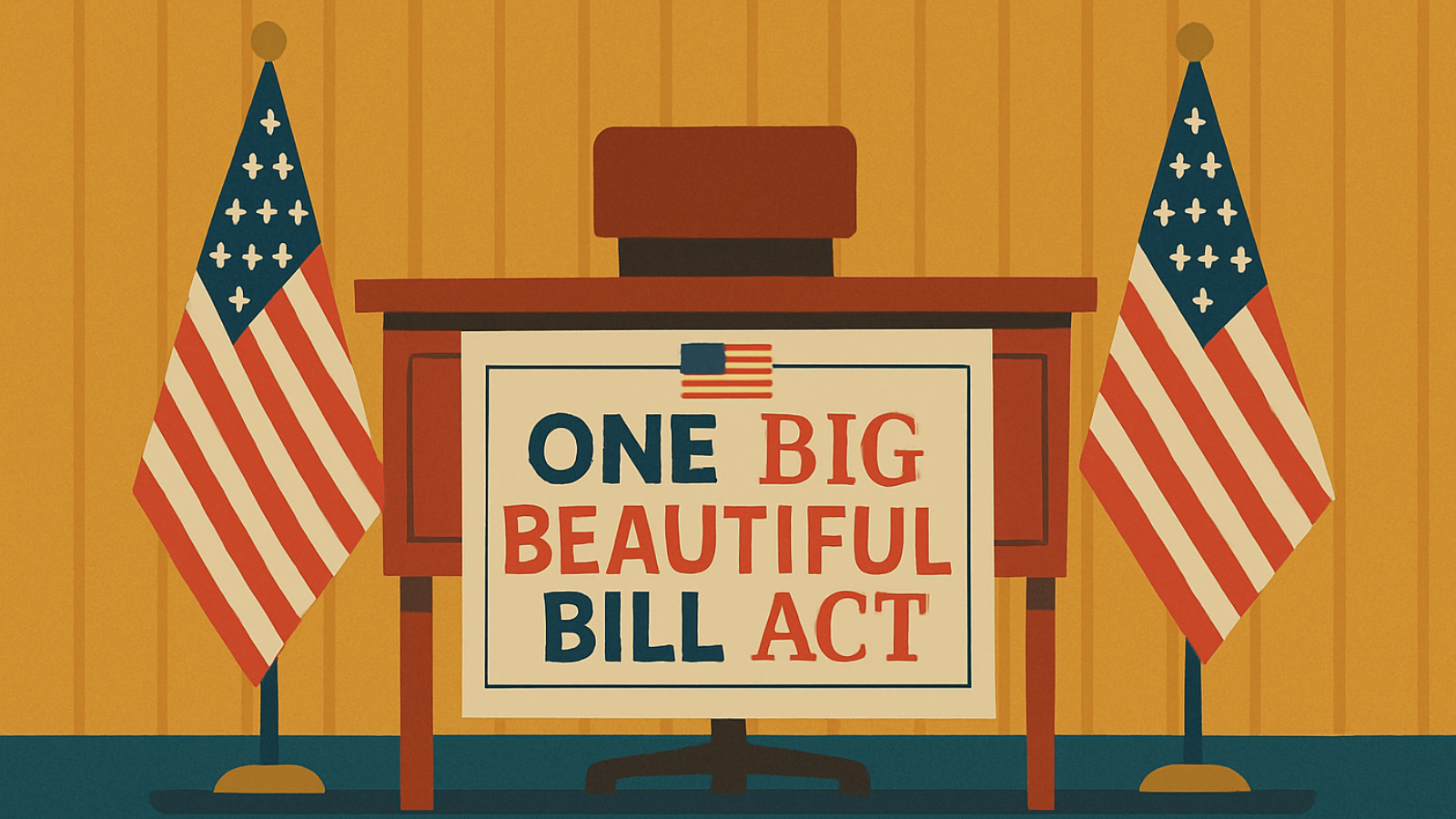
The war with Iran shows why hopes for energy independence are inadequate.
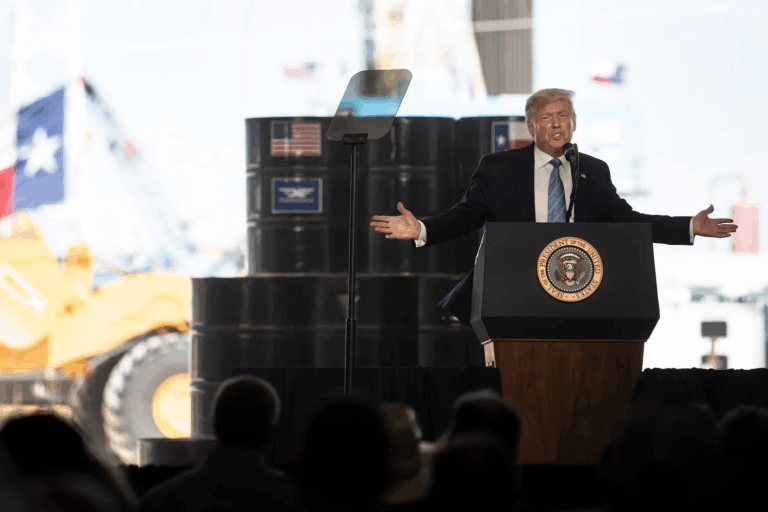
Nuclear innovation is projected to reach new heights between 2030 and 2035, but the effective implementation of President Trump's executive orders will determine their success or failure.

A nuclear energy resurgence is vital to meet rising electricity demand.
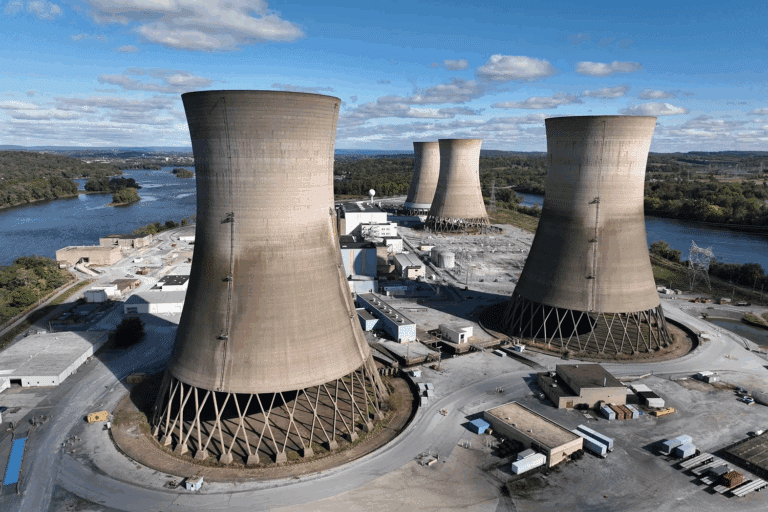
President Trump’s nuclear energy executive orders need more support, funding, and safety protections to achieve their intended impact.

What Washington needs from nuclear negotiations with Tehran.

On March 31, 2025, the Center on Global Energy Policy (CGEP) at Columbia University SIPA hosted a private virtual roundtable under the Chatham House rule to discuss the advantages and disadvantages of the United States pursuing disposal of defense high-level nuclear waste (HLW) and spent nuclear fuel (SNF) before commercial SNF.
